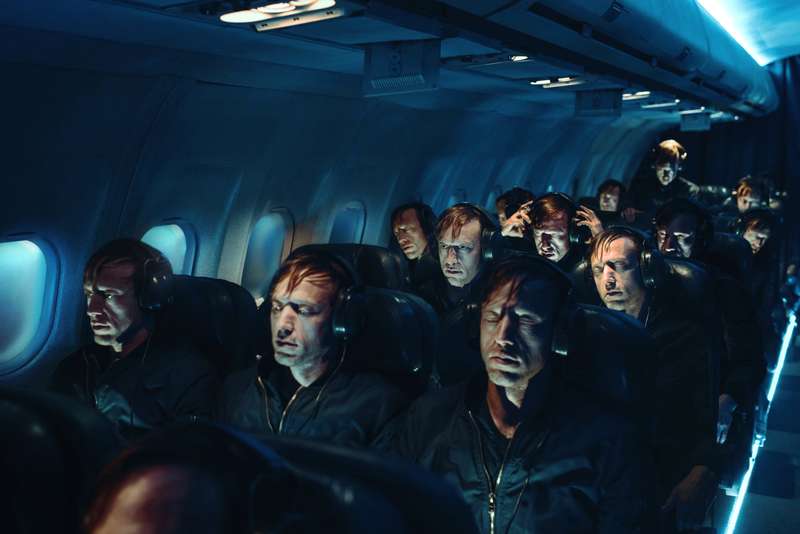Reading The Gambling Animal: Humanity’s evolutionary winning streak—and how we risk it all by Glenn Harrison and Don Ross. For New Scientist, 29 January 2025
Insights into animal evolution used to come from studying a creature’s evolutionary relationships to its closest relatives. To lampoon the idea slightly: we once saw human beings as a kind of chimp.
Our perspectives have widened: looking across entire ecosystems, we begin to see what drives animals who share the same environment toward similar survival solutions. This is convergent evolution — the process by which, say, if you’re a vertebrate living in an aquaeous medium, you’re almost certainly going to end up looking like a fish.
Economists Glenn Harrison and Don Ross look at this process from an even further remove: they study evolution in terms of risks to a species’ survival, and trace the ways animals evolve to mitigate those risks. From this distance, it makes more sense to talk about communities and societies, than about individuals.
We used to understand social behaviour as the expression of intelligence, and that intelligence was rather simplistically conceived. Social animals thought at least a little bit “like us”. Of course this was never more than hand-waving in the absence of good data. Now Harrison and Ross arrive with good news from their research station amid the grasslands of South Africa: they’ve worked out how elephants think, why they never forget (the old saw is true), and why Pleistocene elephants and humans both acquired such huge and peculiar brains. their encephalisation suggests they co-evolved a neurological solution to the climate’s growing unpredictability. Faced with a landscape that was rapidly drying out, they both learned how to gamble on the likely location of future resources.
But while humans developed an overgrown frontal cortex, and learned to imagine, elephants overgrew their cerebellum. and learned to remember. For most of evolutionary history, the elephants were more successful than the hominins. Only recently has our borderline-delusional thinking allowed us to outcompete the once ubiquitous elephant.
Harrison and Ross are out to write a dense, complex, closely argued exposition of their risk-and-reward experiments with humans and elephants, and to discuss the evolutionary implications of this work. They are not writing a work of literature. It may take a chapter or two for the casual reader to settle to their meticulous style. Treats lie in store for those who stay patient. Not the least of them is a mischievously conceived “science fiction”, laying out exactly what elephant scientists in some wildly alternate Earth might make of those desperately challenged and almost-extinct humans, struggling out there in the veldt. The point is not merely to have fun (although the authors’ intellectual exuberance is clear); the authors are out to describe the workings of a complex but fundamentally non-human intelligence: a mind that weighs probabilities far more easily than it dreams up might-bes and nice-to-haves.
How does a mind that can’t remember more than seven numbers for more than five minutes still arrive at a decent scientific understanding of the world? The authors cheerfully admit that, having worked for so long with elephants, they find humans ever more baffling.
Tracing the way human societies evolved to manage risk, from the savannah to Wall Street, the authors note that while human individuals are mildly risk-averse, they innovate behavioral norms — and from those norms, institutions — that collectivise risk with astonishing effectiveness. The (possibly terminal) flowering of this ability may be the the concept of limited liability, pioneered in New York State in 1811, which has turbocharged the species’ runaway growth “across multiple dimensions, particularly of population and per-capita wealth.” However much you and I might fear the future, the institutions we have built are free to take the most horrible chances — not least, in recent decades, with the climate.
Human-style thnking is an unbelievably high-risk strategy that has paid off only because humans have enjoyed a quite incredible evolutionary winning streak. But past performance is no guarantee of future returns, and the authors are far from optimistic about our prospects: “The history of humans,” they suggest, “is not a record of safe bets.”





